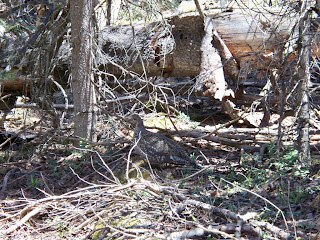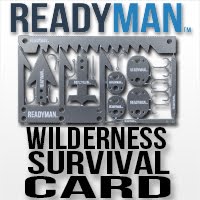
The effects of dehydration can lead to death during a disaster, a crisis or even a common everyday activity. It doesn’t matter if you are in an outdoor or an urban setting. You can also suffer the effects of dehydration in both hot and cold weather. The lack of sufficient fluid for your body will be devastating in either case. The effects of severe dehydration are quite often fatal. The most disturbing thing is that quite often a little advance planning and a decent knowledge about the effects of dehydration and how to treat it can save a life. Except in cases of severe dehydration, the average person can usually treat minor cases of dehydration until proper medical help can be obtained. Without a doctor present or a hospital which is readily available, everyone needs to learn how to recognize and treat the effects of dehydration.
Signs and Symptoms of Dehydration:
One of the first things you should learn is the signs and symptoms of dehydration. You need to be able to recognize dehydration when it occurs in order to start effective treatment as soon as possible. The signs and symptoms may include any or all of the following:
Thirst
Dark colored urine
Lack of, infrequent urination or an inability to urinate
Muscle cramping
Little or no sweat
Dry mouth or nose
Dry skin that feels tight
Weakness, dizziness or a feeling you may faint
Persons at High Risk for Dehydration:
The next thing about dehydration that everyone should know is that the risk factors are different for individuals depending upon your age, the type of activity you are involved in and your physical condition. Persons at risk include the following:
Infants and small children have a high risk factor and are highly susceptible to the effects of dehydration.
Persons that may have current health problems and are taking medications that may contribute to or cause dehydration.
Elderly persons or those persons with weakened immune systems.
Persons involved in strenuous physical activities.
Persons active in extremely hot or cold environments are also highly susceptible to the effects of dehydration.
Avoiding Dehydration
Another important aspect you should be aware of is the simple things you can do to avoid the effects of dehydration. The best treatment for dehydration is to avoid it if at all possible.
Stay hydrated at all times. Making drinking plenty of water on a frequent basis part of your normal routine.
Drink extra water if you are eating dry or salty foods.
Allow time for a water break when involved in any type of strenuous activity.
Always have plenty of safe drinking water available.
Regularly include fresh fruits and vegetables with a high water content in your diet.
Don’t drink untreated water. Water from ponds, streams, rivers etc. that hasn’t been properly treated will probably cause you to become sick. This may make you even more susceptible to the effects of dehydration.
Treating Dehydration
There are some simple steps to help treat dehydration in minor cases that don’t require immediate medical help. In cases of severe dehydration you should always seek immediate medical attention.
Give individuals showing signs of dehydration small and frequent amounts of water, juice or electrolyte solutions (sports drinks, etc.) until their symptoms get better.
Limit the physical activity of persons exhibiting signs of dehydration.
Treat critical areas of the body such as armpits and groin areas with moist cloths to minimize further dehydration.
Try to minimize the dehydrating effects of environmental conditions by moving the affected person to either a cooler environment, in the case of extremely warm temperatures, or a warmer area, in the case of extremely cold temperatures.
In an emergency situation, you can make an expedient oral rehydration solution by mixing 1/2 teaspoon salt, 1/2 teaspoon baking soda and 3 tablespoons of sugar to a quart of safe drinking water.
Always seek proper medical attention if there is severe dehydration. Extreme dehydration can be fatal if left untreated.
Staying above the water line!
Riverwalker




































